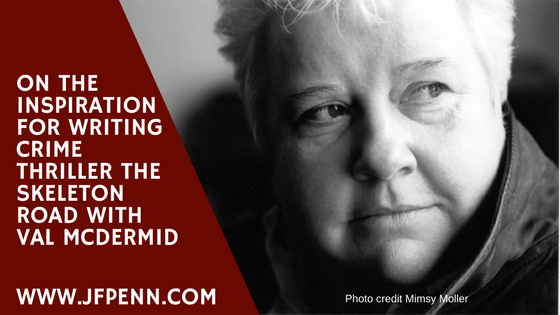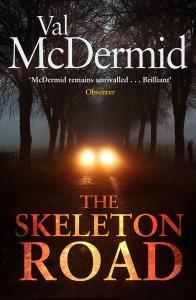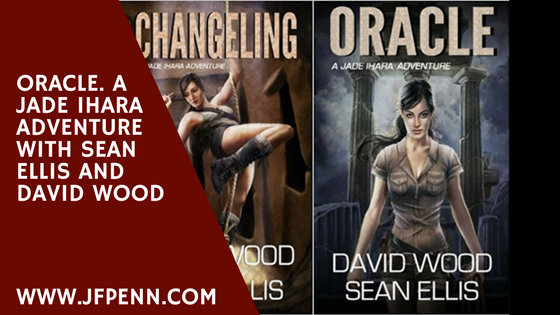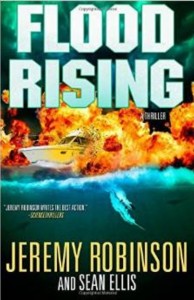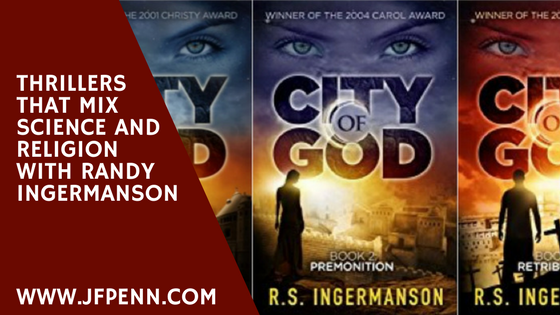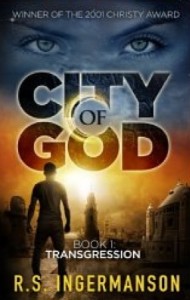One of the amazing things about being a writer is that our words can live on after we die.


Tell us a bit about the Ingrid Skyberg books and why Eva chose to write a kick ass female FBI agent.
[Read more…] about Pursuit Of Justice And A Love For London: The Ingrid Skyberg FBI Thrillers
